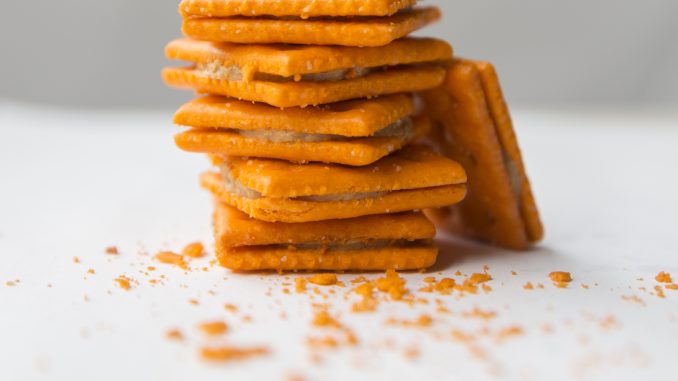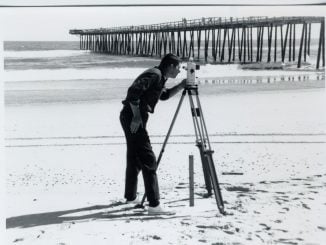
Those sizzlin’ summer days on the farm aren’t complete without an afternoon break of a pack of Nabs and a cola. If you’re not from North Carolina or farming country, then Nabs are a foreign specimen and something y’ought to know about.
If you know what I’m talking about, you know they are one of the finer things in Carolina. A pack of Nabs. It’s a beautiful thing. Essentially, it’s peanut butter crackers in a packaged container. Not to be confused with crackers you put peanut butter on at home. Nab eaters are finicky over this distinction.
These are found in brown paper bags on school field trips, next to the sunscreen in your beach bag, and passed around in the car on long trips. Nabs are the main food staple of a Southern filling station.
The term “nabs” originated in 1924, when the National Biscuit Company, otherwise known as Nabisco, introduced a 5 cent sealed packet dubbed a “peanut sandwich packet” and called it a “Nab.” Salesmen began selling the packets to soda shops, gas stations, newsstands, and more. Nabisco stopped selling the packets sometime back in the 1970s or 1980s, but the name still stuck with Southerners.
These days, many snack cracker packets are commonly referred to as “Nabs,” especially those produced by Lance, Inc., an American snack food company headquartered in Charlotte. The famous Nabs by Lance include the Toastchee, cheese crackers with peanut butter sandwiched in the middle, which debuted in 1938. You can taste the goodness just thinking about them.
It’s common to have the debate with a neighbor over whether you refer to these packaged goods as “Nabs” or “crackers.” Only one answer is appropriate here, “Nabs.”
As the sun shines down on the old North State, grab a pack of Nabs and nibble on tradition.



